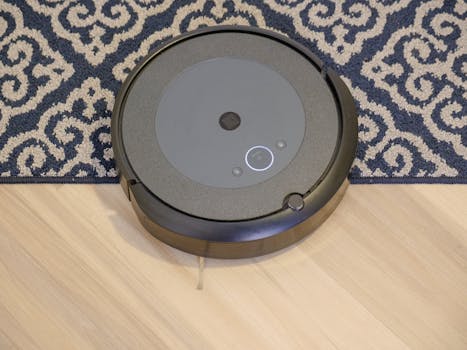
Smart Homes and Smart Living: The Technological Transformation of European Homes by 2025
Smart Homes and Smart Living are revolutionizing the way we live in our homes. With the increasing use of technology and the Internet of Things (IoT), European homes are becoming more efficient, convenient, and sustainable. In this article, we will explore the current state of smart homes in Europe and the technological advancements that are transforming the way we live.
Introduction to Smart Homes
Smart homes are homes that are equipped with advanced technology and automation systems that make life easier, more convenient, and more enjoyable. These systems can include home automation, energy management, security systems, and entertainment systems, all of which can be controlled remotely using a smartphone or tablet.
The Current State of Smart Homes in Europe
According to a recent report, the European smart home market is expected to grow significantly by 2025, with an estimated 30% of households adopting smart home technology. The UK, Germany, and France are leading the way in smart home adoption, with many homeowners investing in smart thermostats, security cameras, and voice assistants.
Technological Advancements in Smart Homes
There are many technological advancements that are driving the growth of smart homes in Europe. Some of the key technologies include:
- Artificial Intelligence (AI): AI is being used to make smart homes more intelligent and responsive to the needs of occupants. For example, AI-powered thermostats can learn a homeowner’s schedule and preferences to optimize heating and cooling.
- Internet of Things (IoT): The IoT is a network of physical devices, vehicles, and other items that are embedded with sensors, software, and connectivity, allowing them to collect and exchange data. In smart homes, IoT devices can include thermostats, security cameras, and lighting systems.
- Home Automation: Home automation systems allow homeowners to control and monitor their homes remotely using a smartphone or tablet. These systems can include lighting, temperature, security, and entertainment systems.
Benefits of Smart Homes
Smart homes offer many benefits to homeowners, including:
- Increased convenience: Smart homes can be controlled remotely, making it easier to manage your home and schedule.
- Energy efficiency: Smart homes can help reduce energy consumption and lower utility bills.
- Improved safety and security: Smart homes can include security cameras, door sensors, and alarm systems to keep your home and family safe.
- Enhanced entertainment: Smart homes can include advanced entertainment systems, such as voice assistants and streaming devices.
Challenges and Limitations of Smart Homes
While smart homes offer many benefits, there are also some challenges and limitations to consider. Some of the key challenges include:
- Cost: Smart home technology can be expensive, making it inaccessible to some homeowners.
- Complexity: Smart home systems can be complex and difficult to install and maintain.
- Security: Smart homes can be vulnerable to cyber attacks and data breaches.
- Interoperability: Different smart home devices and systems may not be compatible with each other.
Conclusion
Smart homes and smart living are transforming the way we live in our homes. With the latest advancements in technology and the IoT, European homes are becoming more efficient, convenient, and sustainable. While there are some challenges and limitations to consider, the benefits of smart homes make them an attractive option for many homeowners. As the European smart home market continues to grow, we can expect to see even more innovative and exciting developments in the years to come.






